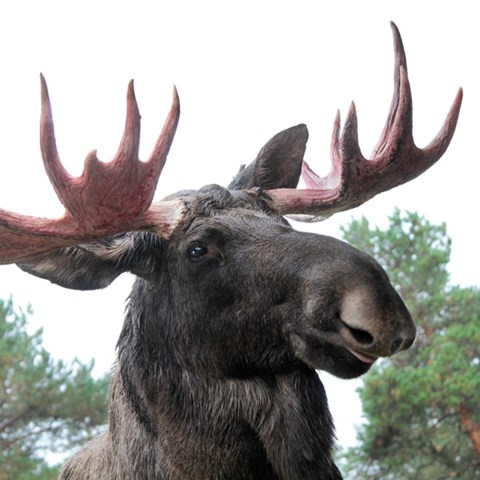Boreal forests provide many ecosystem services. However, to optimally provide one service, they cannot optimally provide another service. This project uses a forest landscape simulation modelling approach to study how several conflicting goals in the forest can best be balanced.
There have since long been debates about the optimal level of moose management in Sweden. High levels of browsing can have substantial negative effects on timber production and on forest biodiversity. Climate change may exacerbate negative impacts since declines in snow depth change the browsing behavior of moose. However, moose are an important component of the boreal forest since they are a popular game species, and they induce spatial heterogeneity in forest ecosystems and create substrate vital to an array of organisms.
Forest landscape simulation models can be used to assess the effects of natural (e.g. pests) and anthropogenic (e.g. harvest) disturbances, including climate change, on forest dynamics and ecosystem services such as timber production and wildlife habitat provision. In this project the forest landscape model LANDIS-II is used, in combination with an extension that simulates the impact of browsing on forest composition and productivity, to simulate the combined impact of different browsing intensities, forest management strategies and scenarios of climate change on Swedish forest ecosystems and the ecosystem services they provide.
The results will provide insights into how to balance conflicting goals – timber production, hunting quotas and biodiversity conservation – under different moose and forest management scenarios.
